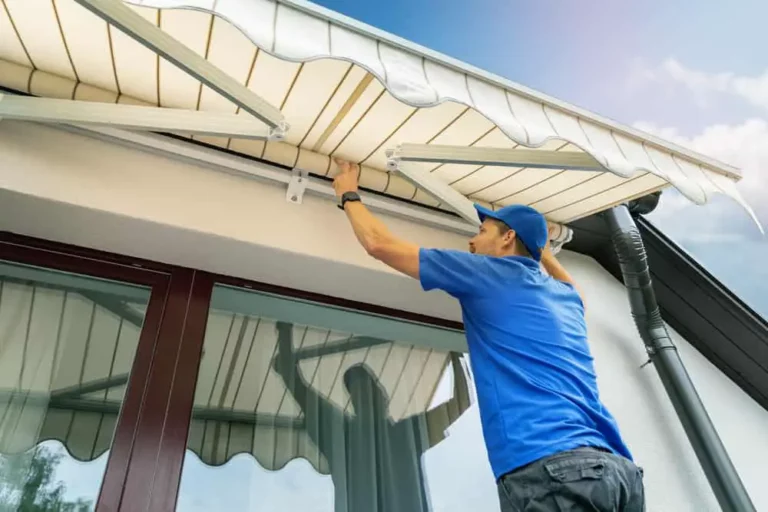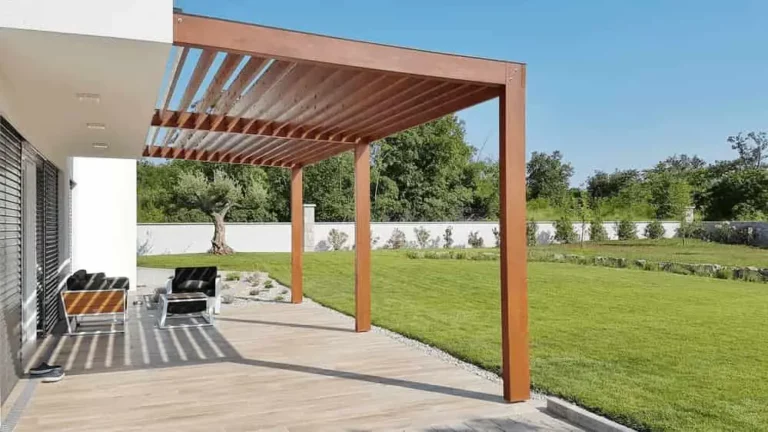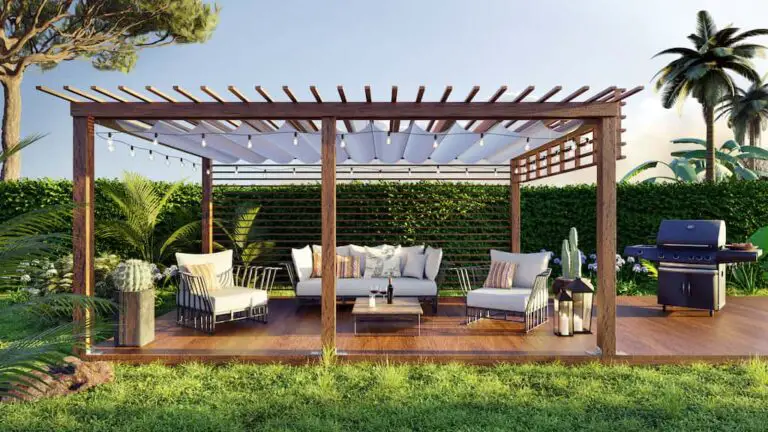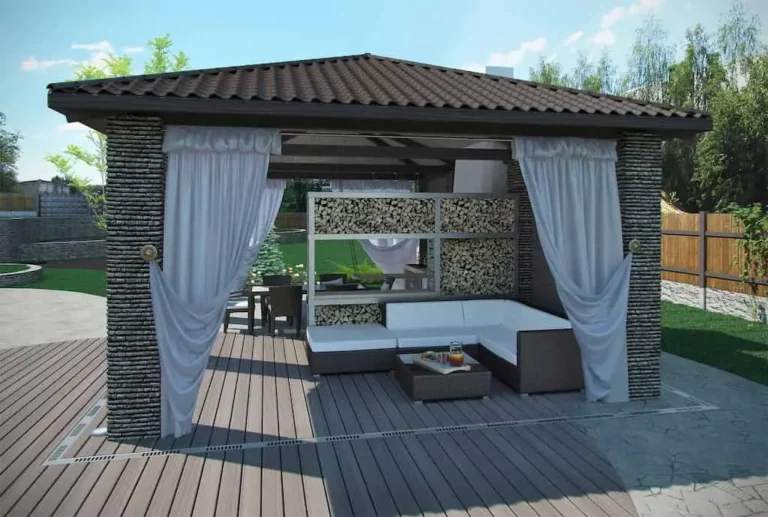Wood vs. Composite: Which Decking Material Is Right for You?
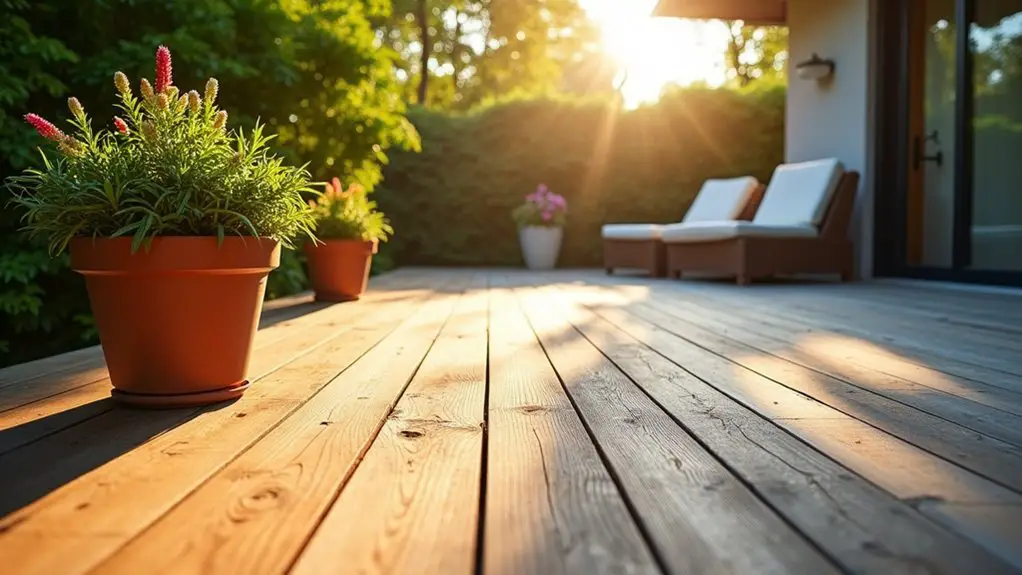
Imagine standing on a sun-kissed deck, the choice between wood and composite framing your outdoor oasis. Each material has its own strengths and weaknesses, influencing not just how your space looks, but also how it performs over time. You may find yourself wondering which option best suits your lifestyle and budget. As you weigh the pros and cons, consider what’s most important for your home and enjoyment.
Durability and Longevity of Decking Materials
When you’re choosing between wood and composite decking, durability and longevity are essential factors to contemplate. Composite combines wood fibers and plastic, ensuring it resists rot and insect damage, while wood’s natural materials need regular sealing to prevent warping. You’ll find composite boards heavier and less likely to splinter, providing safer footing for your loved ones. While wood may last 10–20 years with maintenance, composites hold up for 25–30 years or even longer. They resist UV fading and moisture damage, so they maintain their color and structure over decades. Plus, you won’t need to worry about pests, as composite resists infestations. Choosing the right material means investing in your outdoor space for years of family gatherings and lasting memories. Additionally, composite decking requires only occasional cleaning with soap and water, making it even more appealing for busy homeowners.
Maintenance Requirements for Wood and Composite
To keep your deck looking great and functioning well, understanding the maintenance requirements for both wood and composite materials is crucial. Wood decking needs annual inspections to check for rot and splits. You’ll need to clean it regularly, using mild detergent and a stiff brush, and reseal every 1–3 years to fend off moisture. Composite, on the other hand, is low maintenance. You just have to clean it with mild soap and a nylon brush, avoiding harsh chemicals. There’s no need for staining or sealing with composite, as it naturally resists rot and mold. However, you should still inspect fasteners and verify water drains properly. Regular inspections are essential for both options to catch any potential issues early. Both options can enhance your outdoor space, but they require different levels of care.
Cost Comparison: Wood vs. Composite Decking
Cost plays a pivotal role when choosing between wood and composite decking materials. If you’re looking at upfront expenses, pressure-treated wood ranges from $5 to $8 per square foot, while composite starts at $8 and can go up to $18. Initial installation costs are also lower for wood, averaging around $18,000 compared to $25,000 for composite. However, consider the long-term picture—composite decks typically save you nearly $4,000 in maintenance over nine years. Wood requires regular upkeep, leading to potential annual costs of $451 for repairs and staining. Given their lifespan of 25-30 years versus wood’s 10-15 years, composite decks may offer better overall value, making them a smart choice for your community gatherings and outdoor fun. In addition, the upfront savings of wood decks may be less substantial than assumed due to recent increases in lumber prices.
Aesthetic Appeal and Variety in Decking Options
While both wood and composite decking offer distinct aesthetic advantages, the choice often comes down to personal preference and the desired look of your outdoor space. Wood showcases natural beauty with unique grain patterns, providing a classic charm that blends beautifully with landscapes. You can customize its appearance using stains, ensuring it remains fresh and vibrant. On the other hand, composite decking mimics the texture of wood while offering a variety of color options and finishes that maintain vibrancy over time without fading. It allows for creative design choices, like custom inlays and patterns. Ultimately, you’ll want to choose a material that resonates with your style and enhances the warmth of your home, creating a welcoming atmosphere for family and friends. Notably, composite decking is constructed from recycled materials, making it an eco-friendly option that appeals to environmentally conscious homeowners.
Environmental Impact of Wood and Composite
Choosing the right decking material not only impacts the aesthetic of your outdoor space but also carries environmental implications. If you opt for traditional wood, consider its potential contribution to deforestation and the harmful chemicals found in pressure-treated options. You’ll also face ongoing maintenance with toxic detergents that harm local ecosystems. On the other hand, composite decking made from recycled materials helps divert waste from landfills, though its manufacturing process can be energy-intensive. While some brands emphasize sustainable practices, remember that many composites aren’t biodegradable. If you’re passionate about the planet, look into reclaimed wood or FSC-certified options for your project. Long-lasting materials help reduce the need for new resources, making your decking choice even more impactful. Making an informed choice can create a beautiful space while supporting environmental stewardship in your community.
Installation Process: What to Expect
When you commence on installing a new deck, understanding the installation process can help you manage expectations and avoid surprises. If you choose wood, you’ll need specific tools like a circular saw and a steady hand to maintain consistent gap spacing between boards for proper drainage. Keep in mind that treating the wood beforehand is crucial to prevent decay.
Opting for composite makes the process smoother since uniform board sizes reduce the need for trimming. Composite materials are more weather-resistant which means less concern for moisture damage during installation. Hidden fasteners provide a seamless look, and you won’t have to worry about frequent sealing. Regardless of your choice, remember to store materials properly and follow manufacturer guidelines to guarantee a successful installation that welcomes you and your loved ones for years to come.
Choosing the Right Decking for Your Lifestyle
How do you envision using your deck? If you love hosting friends or enjoying family time, consider the low-maintenance benefits of composite decking. It resists mold and splintering, making it safe for kids and relaxed gatherings by the pool. On the other hand, if you prefer the classic warmth of wood and don’t mind some upkeep, pressure-treated pine offers a more budget-friendly option upfront. Just remember, it demands regular staining to stay beautiful. Over time, composite might cost a bit more initially but saves you on maintenance and replacement costs. Additionally, modern composites offer a variegated appearance and embossed grain patterns that can enhance the aesthetic of your outdoor space. Think about how each option fits into your lifestyle, ensuring you create the welcoming outdoor space that feels just right for you and your loved ones.

